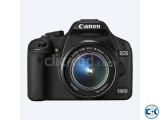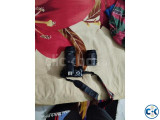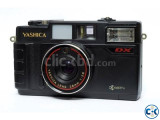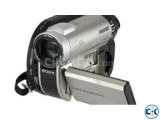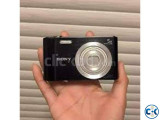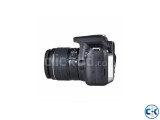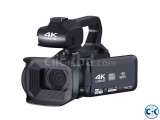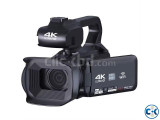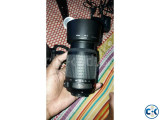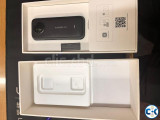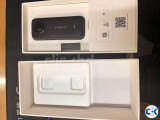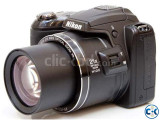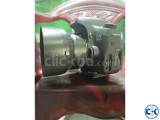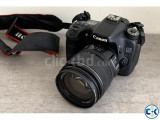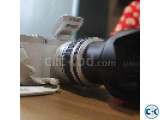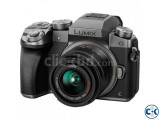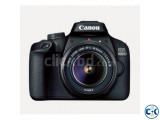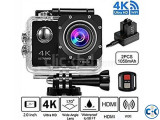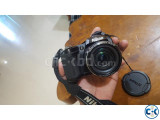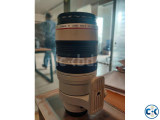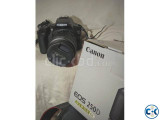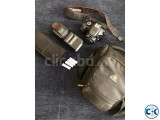My ClickBD
Brand new
SONY NEX-5 14MP DSLR
Lowest price in Bangladesh:
Seller info
Sold by:
Emon dulavai
Member since:
26 Mar 2012
Location:
Dhaka Kafrul
Safety tips:
Don’t pay in advance
Meet in a safe & public place
Meet in a safe & public place
Description
DESCRIPTION for SONY NEX-5 14MP DSLR price in Bangladesh
|
Ever since Panasonic and Olympus created their Micro Four Thirds mirrorless system, all the talk has been about what the other players in the market will do. Micro Four Thirds has been steadily building its market share, seemingly without response from the three companies that account for over 80% of DSLR sales (Canon, Nikon and Sony), to the extent that 'Micro' risks becoming the generic term for these mirrorless systems ('When will Brand X make a Micro camera?' has become a fairly common thread title on our forums). The waiting is now over as, following the showing of some mock-ups at PMA and a torrent of teasers and leaks, Sony finally officially announced its NEX system last month. The details are exactly what you'd expect - HD video capable APS-C sensors in small bodies. What might take you by surprise is just how small the bodies are - the NEX-5 in particular being tiny. In fact the cameras are too small to include in-body image stabilization units, as found in Sony's SLRs, and instead use lens-based 'Optical SteadyShot'. These NEX cameras will come under the Alpha brand but do not make use of the Alpha lens mount, instead using the completely new all-electronic E-mount. Sony has made clear that it is aiming for compact camera users who wish to upgrade (a market it estimates at around 10 million potential buyers), rather than trying to offer a second camera for existing DSLR users. And the NEX models have more in common with compact cameras than DSLRs - including very few buttons and a resolutely unconventional interface. As part of this interface it offers not only the standard Sony option of showing a small description of each selected option, it also has a full user guide built in to the camera. Relevant sections of this guide are available in each shooting mode to give hints and advice about everything from how to hold the camera to how to achieve an out-of-focus background. The company told us that it felt its competitors had merely miniaturized, rather than revolutionized, so it's no surprise that the NEXs are more than just the company's SLRs with the mirrors removed. Instead you get a wholly new system with metal-bodied kit lenses (something we didn't expect to see again in a mainstream product), and an accessory port instead of a conventional flash hot shoe. As with Samsung and Panasonic, Sony's background is electronics (rather than cameras) so the incentive to move away from the optically complex DSLR design to one based more around electronic displays makes sense. Sony's situation is a little different in that it bought the respected Minolta brand and know-how but, despite plenty of new models, it has only been able to make a big impression on the DSLR market in a few selected regions. Consequently, it's understandable that it might want to combine its DSLR knowledge with its electronics expertise to establish some compelling competitive advantage. |

